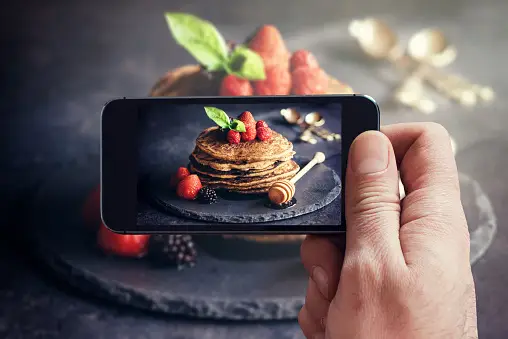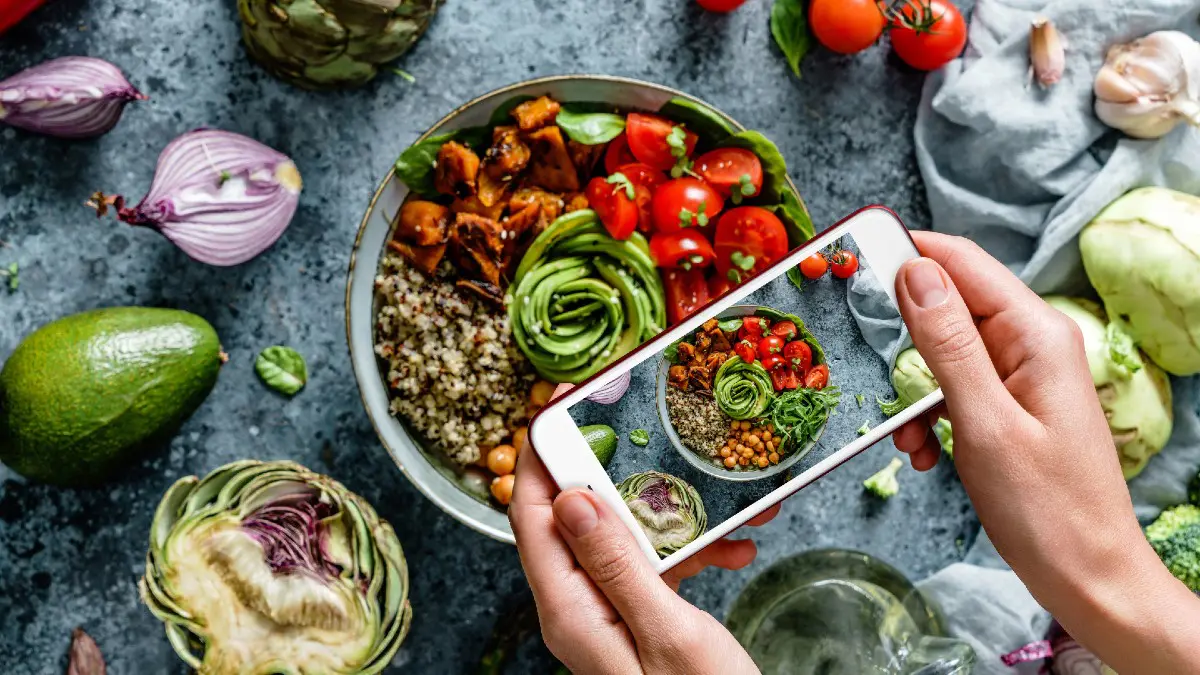Unleash your inner photographer with our comprehensive guide to food photography. Elevate your food presentation and make your dishes pop.
A Guide to Food Photography
Food photography is a genre of photography that focuses on capturing beautiful, mouth-watering images of food. It is a popular form of photography, used in cookbooks, magazines, advertising, and social media.
Food photography has become increasingly popular in recent years, thanks to the rise of social media platforms like Instagram and the growing interest in culinary experiences. Whether you are a professional photographer or an amateur food enthusiast, capturing the perfect culinary moment can be a challenging yet rewarding endeavor. In this guide, we will explore the essential tips and techniques to help you master the art of food photography.
There are many different techniques that can be used to create stunning food photographs. Here are a few tips to get you started:
- Choose the right angle. The angle you shoot from can make a big difference in the overall look of your food photo. A high angle, for example, can make food look larger than life, while a low angle can make it look more inviting.
- Composition and Styling. A well-composed photograph can make all the difference in presenting the culinary moment effectively. Start by considering the rule of thirds, where you divide your frame into nine equal parts and place your subject along these lines or at their intersections. Experiment with different angles, such as overhead shots or close-ups, to add variety to your portfolio.

Additionally, pay attention to the styling of the dish. Use props, such as cutlery, napkins, or ingredients, to create a visually appealing composition. Consider the color palette and textures of the food and choose a background that complements them. Simplicity is often key in food photography, so avoid cluttering the frame with unnecessary elements.
- Experiment with Props and Backgrounds. Props and backgrounds play a crucial role in setting the mood and enhancing the story behind the food. Use complementary colors, textures, and materials to create a cohesive visual narrative. Wooden cutting boards, vintage plates, or colorful fabrics can add character and elevate the overall composition. Don’t be afraid to experiment with different props and backgrounds to find your unique style.
- Pay attention to lighting. One of the most critical aspects of food photography is lighting. Natural light is your best friend when it comes to capturing the true colors and textures of the dish. Avoid using harsh artificial lighting that can distort the appearance of the food. Position your subject near a window or shoot outdoors during the golden hours (early morning or late afternoon) to achieve soft, diffused light. Natural light is ideal, but artificial light can also be used effectively. Experiment with different lighting setups to find what works best for you.
- Focus on Details. Food photography is all about capturing the intricate details that make a dish enticing. Use a macro lens or adjust your camera settings to focus on specific elements like the texture of a slice of cake or the steam rising from a cup of coffee. These close-up shots can create an intimate connection between the viewer and the food.
- Play with Depth of Field. Controlling the depth of field can add depth and dimension to your food photographs. A shallow depth of field, achieved by using a wide aperture (low f-number), will blur the background and draw attention to the main subject. This technique is particularly effective in highlighting the details of the dish while creating a pleasing bokeh effect.
- Use a tripod. A tripod can help to ensure that your food photos are sharp and in focus. This is especially important if you are using a slow shutter speed to capture natural light.
- Edit your photos. Post-processing is an essential step in food photography. Use editing software like Adobe Lightroom or Photoshop to enhance colors, adjust exposure, and sharpen details. However, be cautious not to over-edit, as it can make the food look unnatural. Aim for a natural and realistic representation of the dish while maintaining the original colors and textures.
- Tell a Story. Food photography is not just about capturing a beautiful dish; it’s about telling a story. Consider the context and narrative behind the culinary moment you are capturing. Is it a homemade meal that represents comfort and nostalgia? Or is it an exotic dish that showcases cultural diversity? By incorporating elements that convey the story, you can create a more engaging and meaningful photograph.
With a little practice, you can learn to capture stunning food photos that will make your mouth water.
Additional Tips
Here are a few additional tips for food photography:
- Use fresh, high-quality ingredients. The better the ingredients, the better your food photos will look.
- Take the time to style your food. This means arranging the food in a way that is visually appealing.
- Experiment with different compositions. There is no one right way to compose a food photo. Try different things and see what works best for you.
- Don’t be afraid to get creative. Food photography is a great way to express your creativity. Have fun with it and see what you can come up with.
With a little effort, you can learn to take stunning food photos that will make your mouth water. So get out there and start experimenting!
Conclusion
In conclusion, capturing culinary moments through food photography requires a combination of technical skills, creativity, and attention to detail. By mastering lighting, composition, styling, and post-processing techniques, you can create captivating images that not only showcase delicious food but also tell compelling stories. So grab your camera, experiment with different dishes, and embark on a journey to capture culinary moments that will leave your viewers craving for more.

